The Hong Kong Museum of History is not your average museum. You won’t find rooms full of religious artifacts or ancient pottery shards. Instead, Hong Kong’s colorful past is brought to life with realistic models that you can look at from all sides and even walk through. The Hong Kong Story, the museum’s permanent exhibition, begins with prehistoric times and the city’s natural environment and concludes with the 1997 reunification with China.
The first exhibit of note illustrates folk culture in Hong Kong. Visitors can peer inside life-size replicas of a junk boat and the home of an ethnic Hakka family to experience how people in Hong Kong used to live. An opera stage has been which you can walk around to see performers mid-scene up front and getting into costume around back. I’d love to play dress up with the gorgeous clothes and shoes! Festival celebrations are in full swing nearby and you can imagine the dragon dance reaching a fevered pitch as believers make offerings to giant Taoist effigies.
Visitors are then shepherded to the museum’s top floor where the city’s complex relationship with Great Britain is explored. Opium was a major cash crop for the British in the 19th century, over which they fought two wars with China. China was forced after the First Opium War to cede Hong Kong Island to the British in 1842; the Kowloon peninsula was annexed after the Second Opium War in 1860.
As a British colony and a free port of call, Hong Kong prospered. The museum’s showpiece is a three-story European-style building on the banks of mock fishing port that brings the colonial city to life. You can walk through a 19th century tailor’s shop, bank, post office, pawnshop and two-level tea house, all decorated with the tools of the trade. The upper levels of the structure explain the British and Chinese education systems and display common household effects. I’ve read a great deal on European and Chinese history and it seemed as though the books were coming alive before my eyes! The experience could be improved only with the inclusion of costumed performers.
The next exhibit is a sobering look at the Japanese occupation of Hong Kong during WWII. This period lasted for over three and a half years, during which time food was scarce and residents were forced to wait in long queues for water.
The British regained control of Hong Kong in 1945 and, by the 1960s, it had become a modern metropolis. The boom era is recreated for visitors with a movie theater, soda shop, comic book stand and grocery store. Between the old tunes playing on the jukebox and the laughing teenagers on a field trip, I felt like I was on the set of Happy Days!
Economic prosperity was achieved in part by the creation of textile and clothing factories which employed over 560,000 people. These factories moved to the mainland in the ’80s and ’90s to take advantage of cheaper labor, but by then Hong Kong’s financial success was well established.
The Hong Kong story ends – for now! – with the city’s return to China and detailed exhibits on the negotiations and final hand off. You will leave feeling like you lived 150 years of history in two hours!
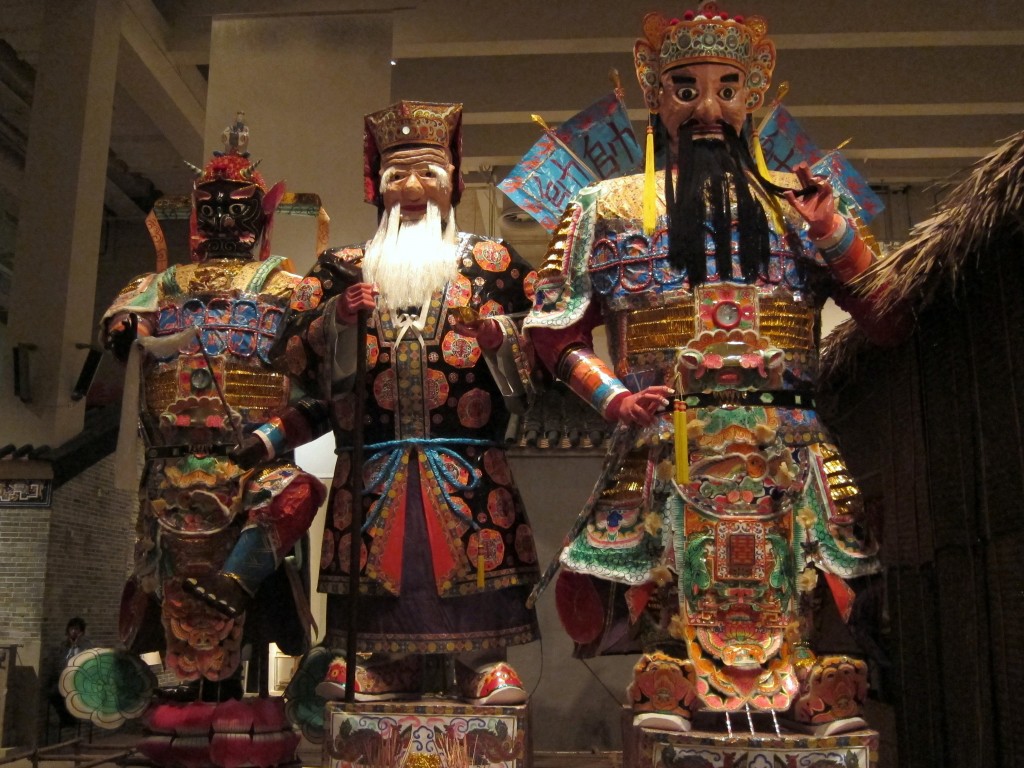
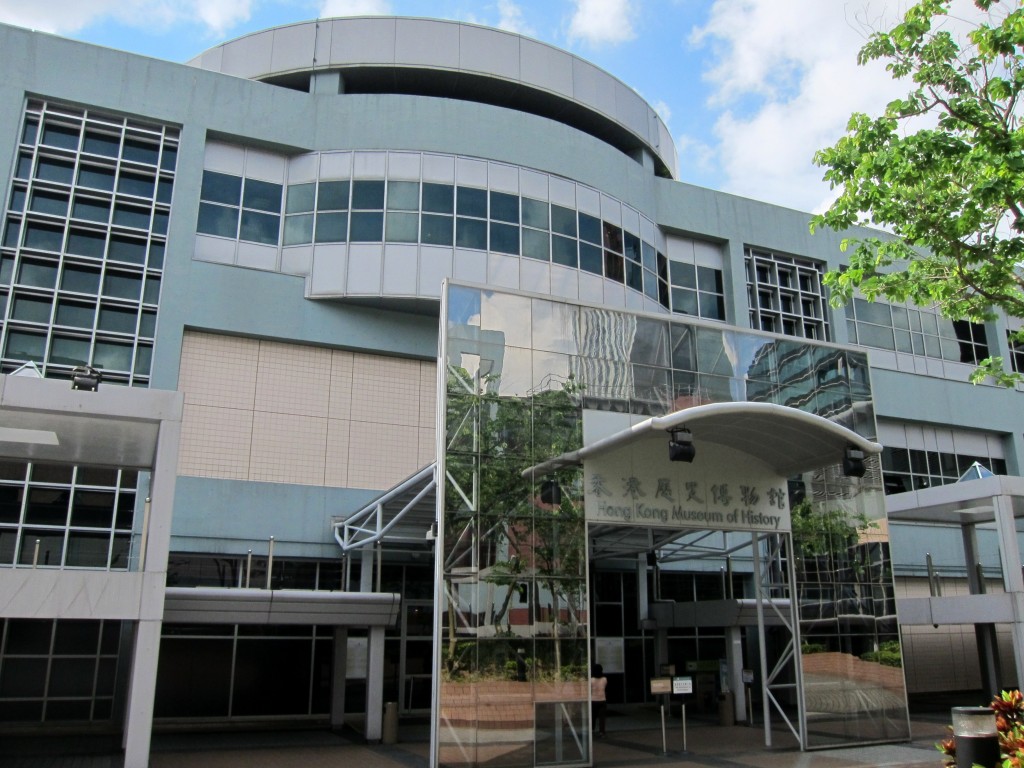
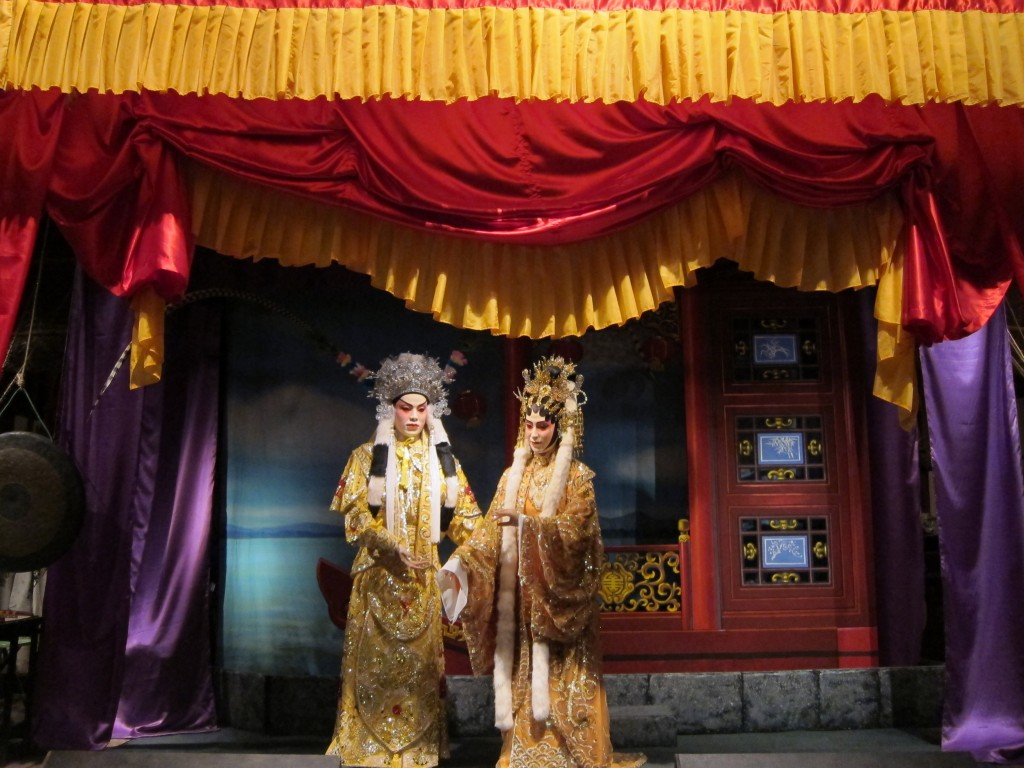
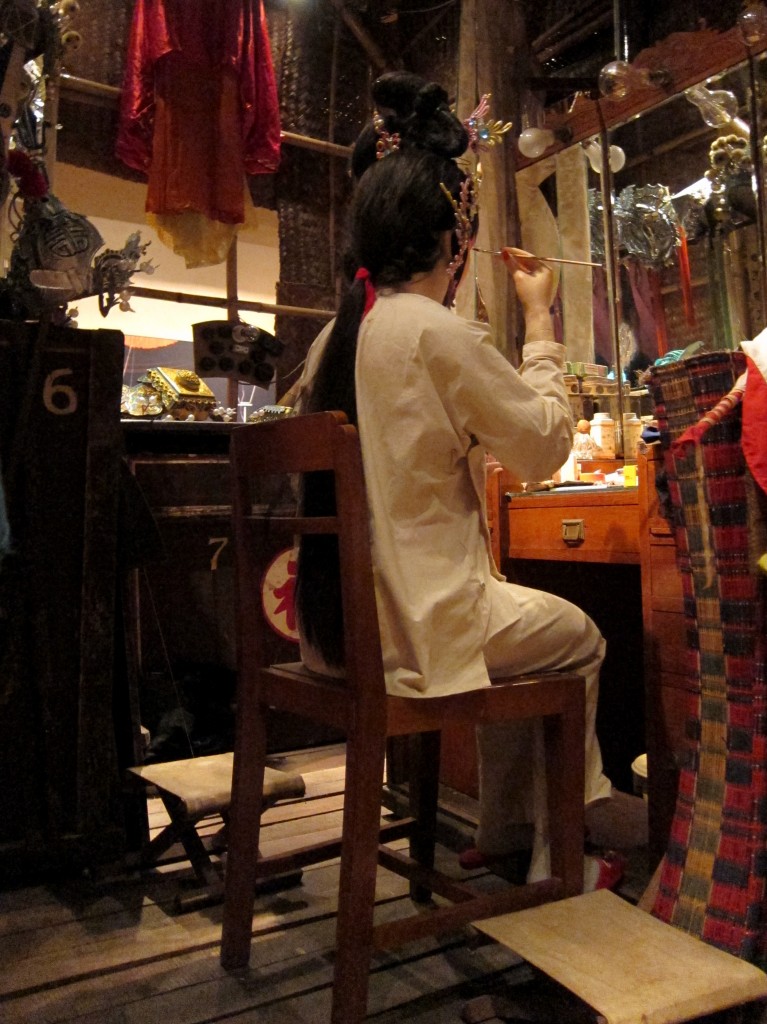
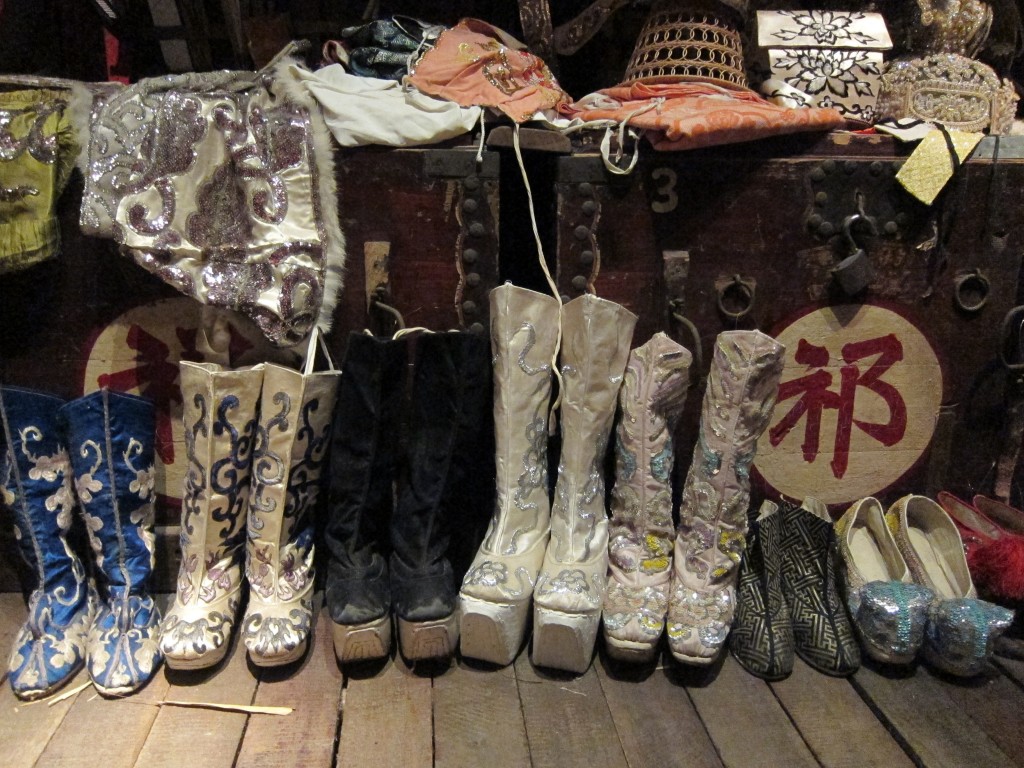
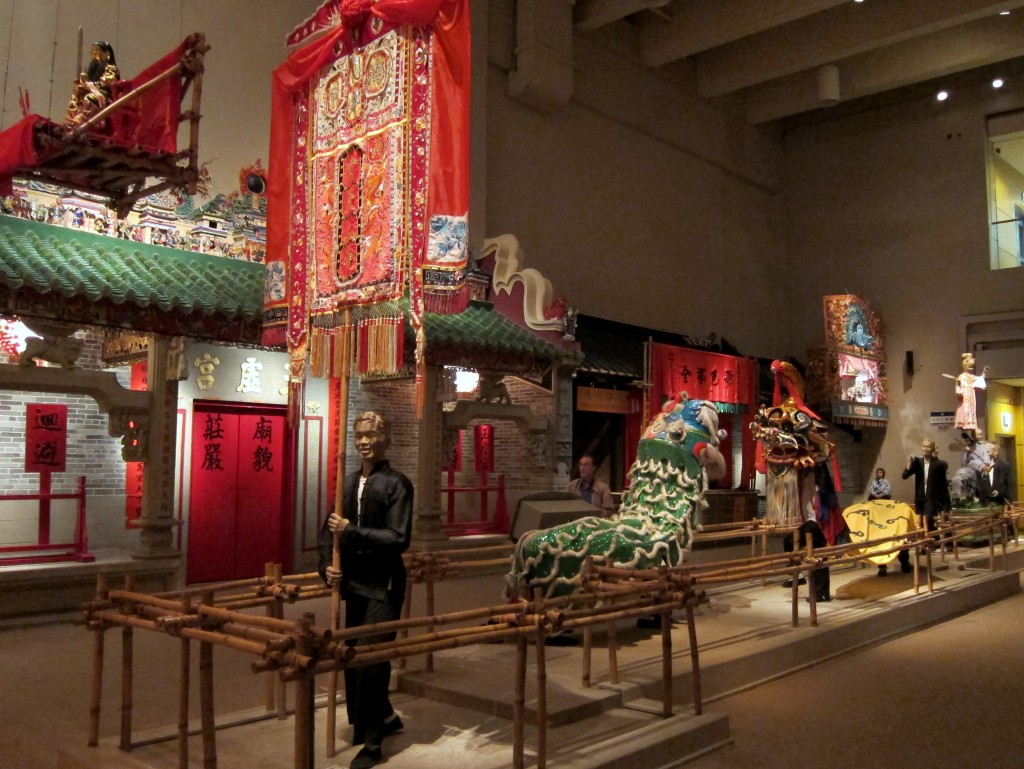
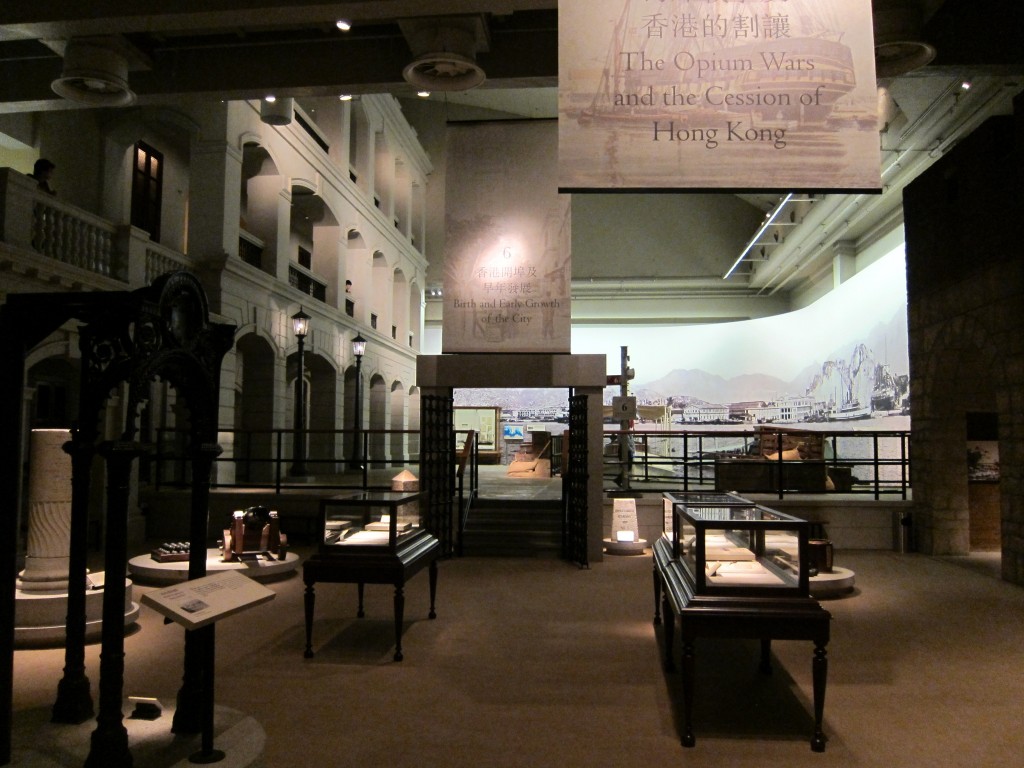
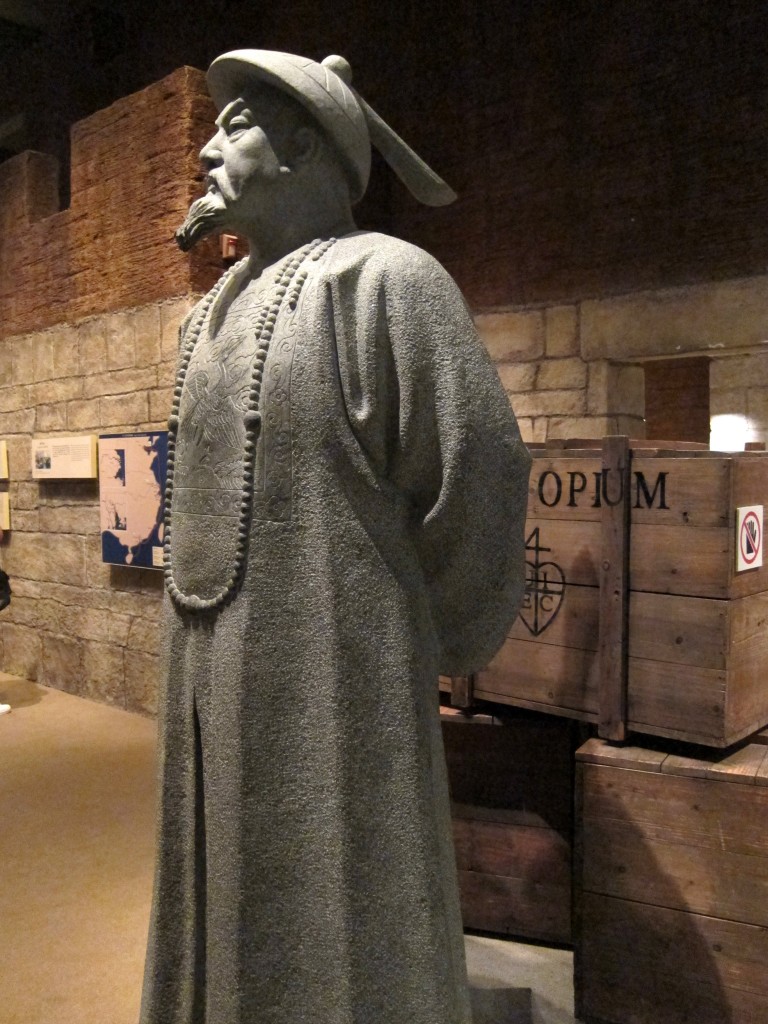
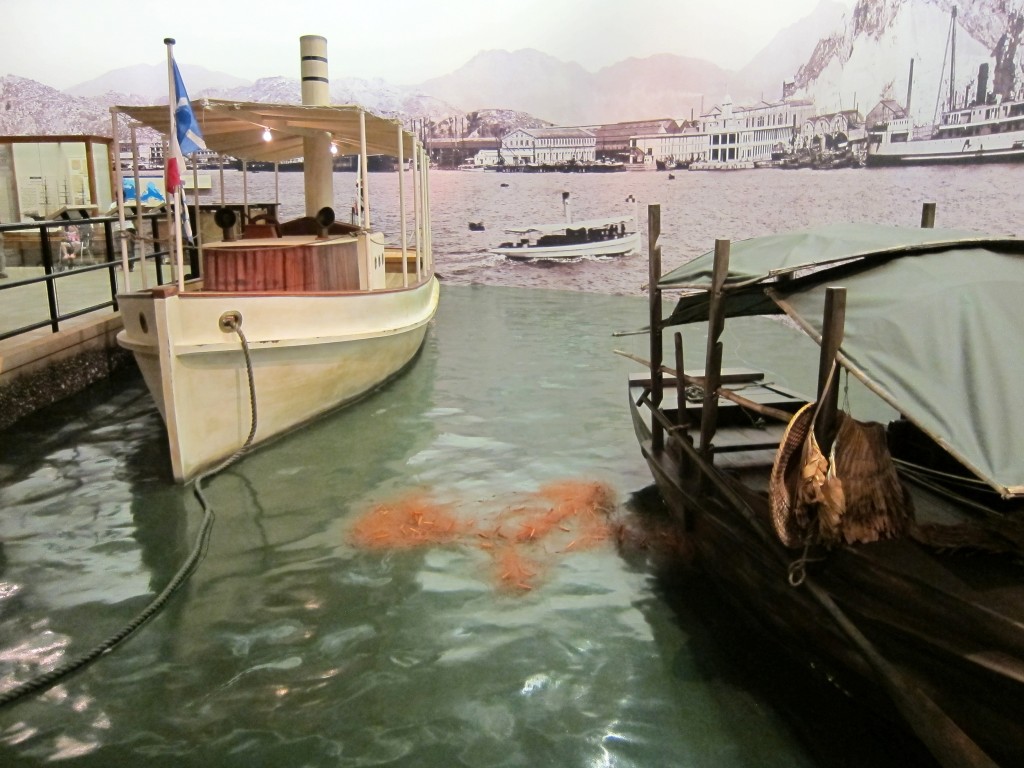
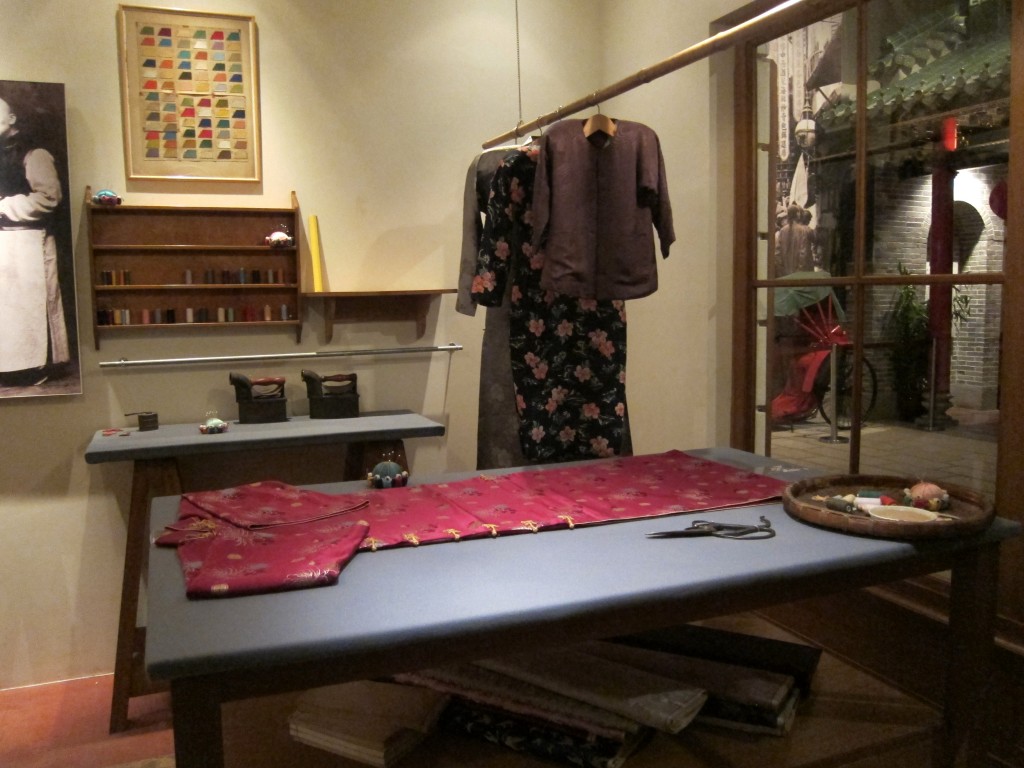
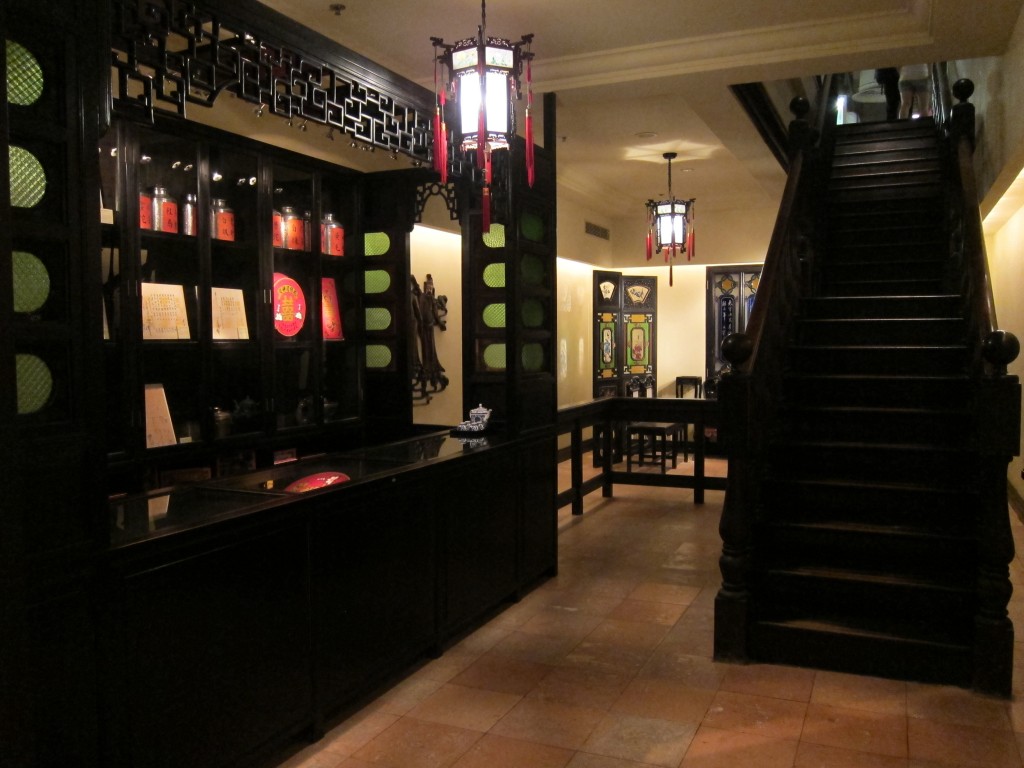
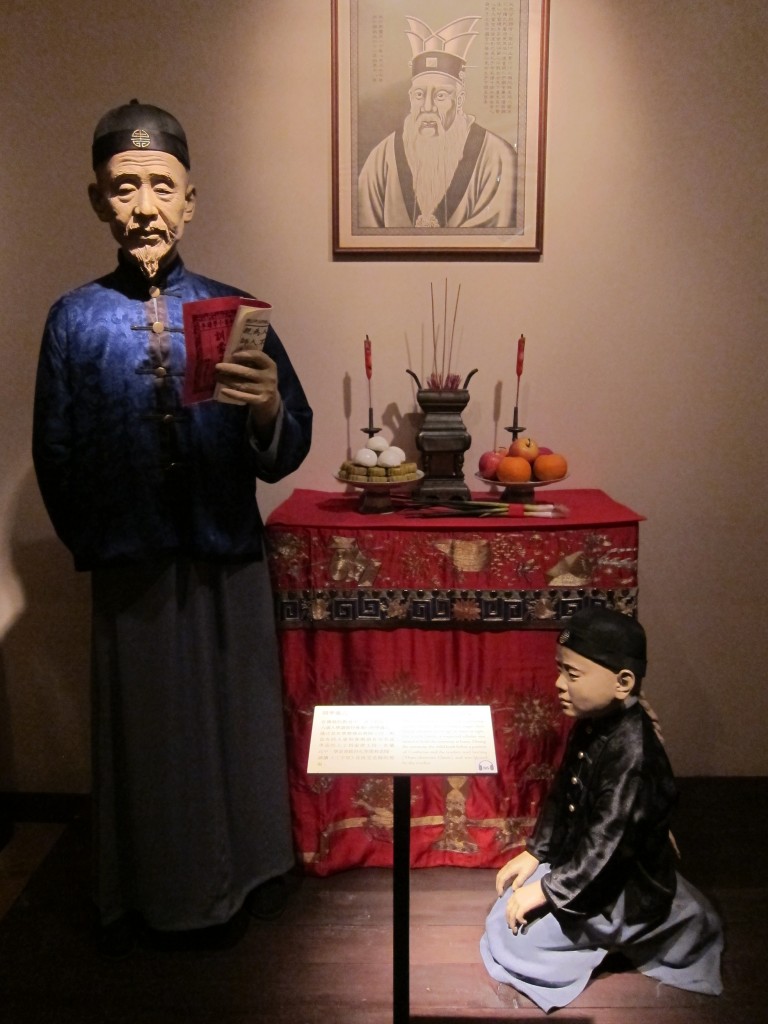
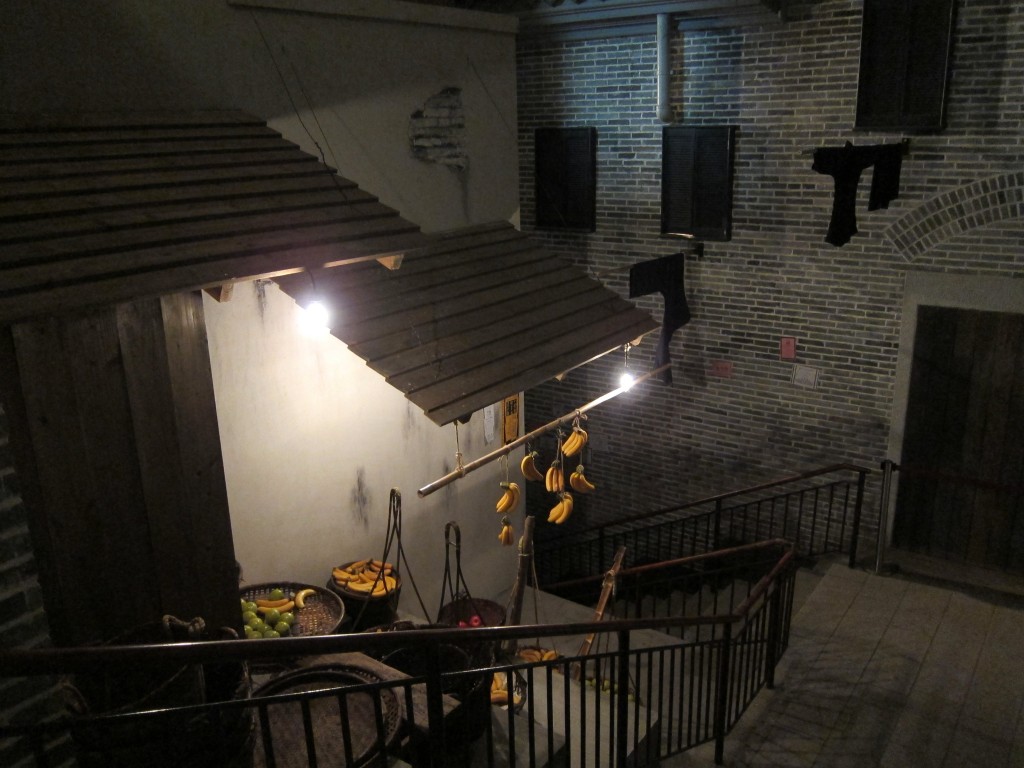
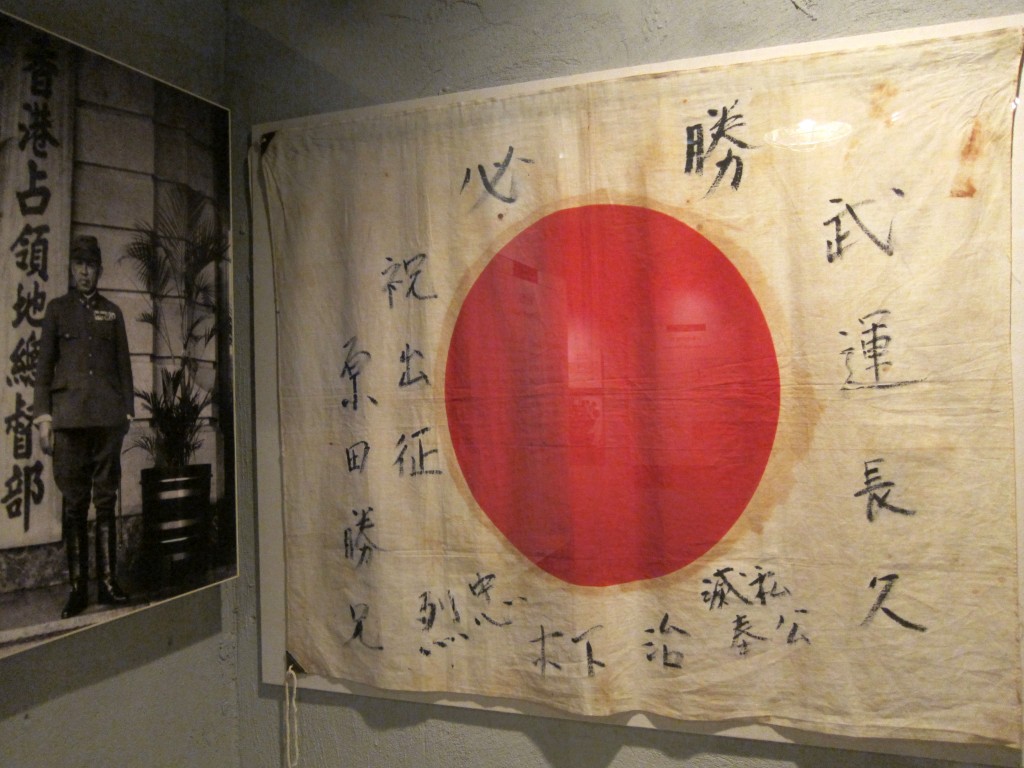
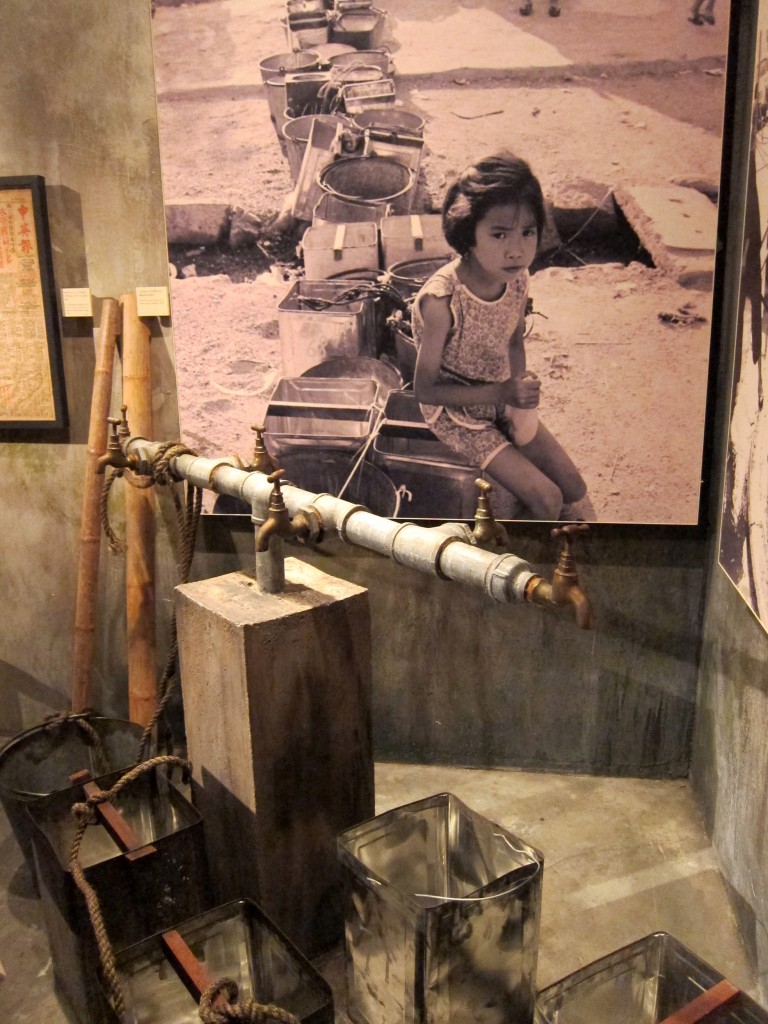
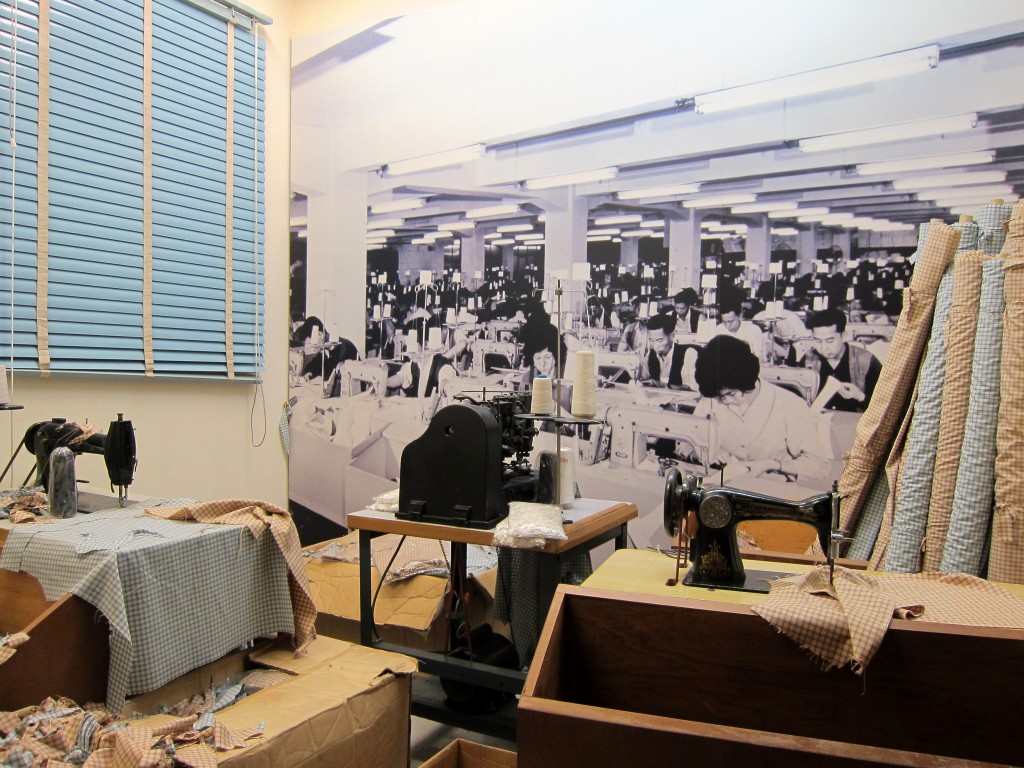
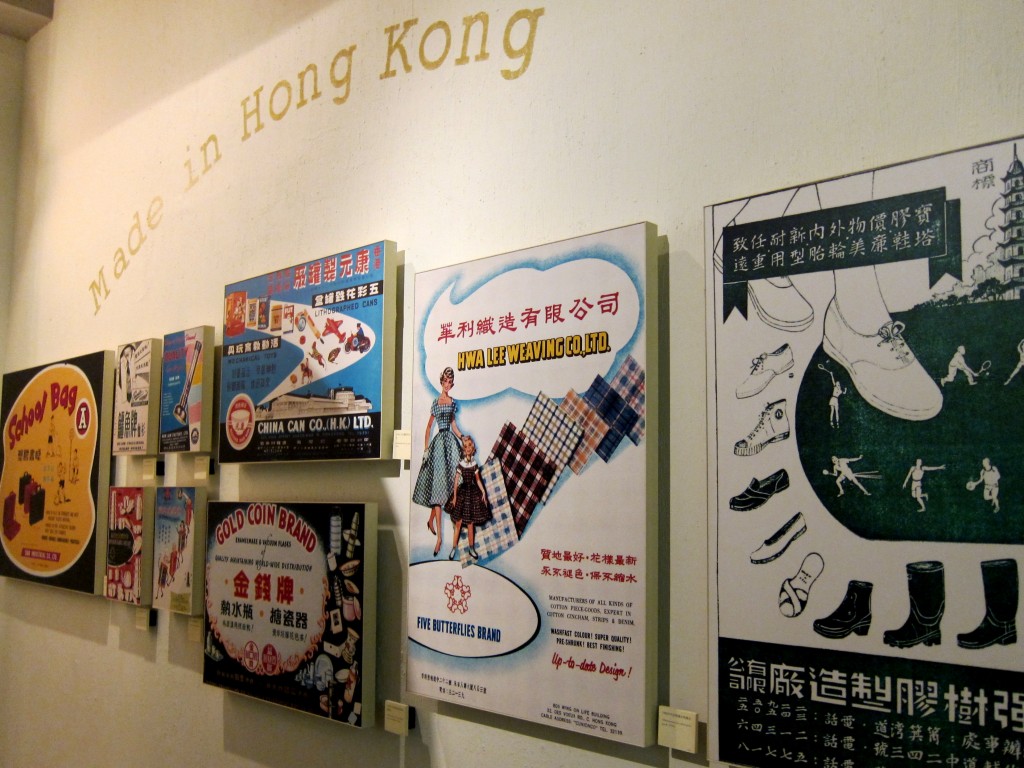
Sounds like the museum covered a lot of ground and visually filled in some history of this interesting city!
The life-size displays are so much more interesting than a few artifacts in a case with lengthy descriptions to read. It was like walking around a movie set!
I am typically not a museum gal, but this is one that I think I’d enjoy!
I’m a bit of a nerd and have been to quite a few museums – this is one of my favorites!
That looks really cool! I’ve always found Asian history really interesting since it dates back to such a long time ago!!
Me too! Whole dynasties have come and gone – it’s really impressive!
I typically do not spend a lot of time in museums as they are not my most favorite thing do to but with all those realistic exhibits it look really interesting. I personally like to “walk through history” instead of reading interpretive signs – it makes it more memorable for me.
I know what you mean! I love historical towns with costumed reenactors, like Williamsburg, Virginia. It makes history fun!
Great photos. It looks like an impressive place!
Thanks! It really is a great museum.
OMG!!! I would absolutely love this museum. It looks like one of the best I’ve seen. I love the life size exhibits. Makes you see the history more clearly. You really must take me to Hong Kong sometime.
Beautiful post and awesome photos. I’m off to Hong Kong in a few months so will definitely drop by this museum while I’m there – though (as I’m British) I imagine that quite a lot of uncomfortable stuff about Britain’s colonial history will come up.. :/
I thought the British colonial history was handled very tactfully, though I was looking at it through American eyes. Uncomfortable was visiting the Cu Chi Tunnels in Vietnam and watching a propaganda video where Viet Cong soldiers bragged about killing their American enemies. Hong Kong is much more civilized!